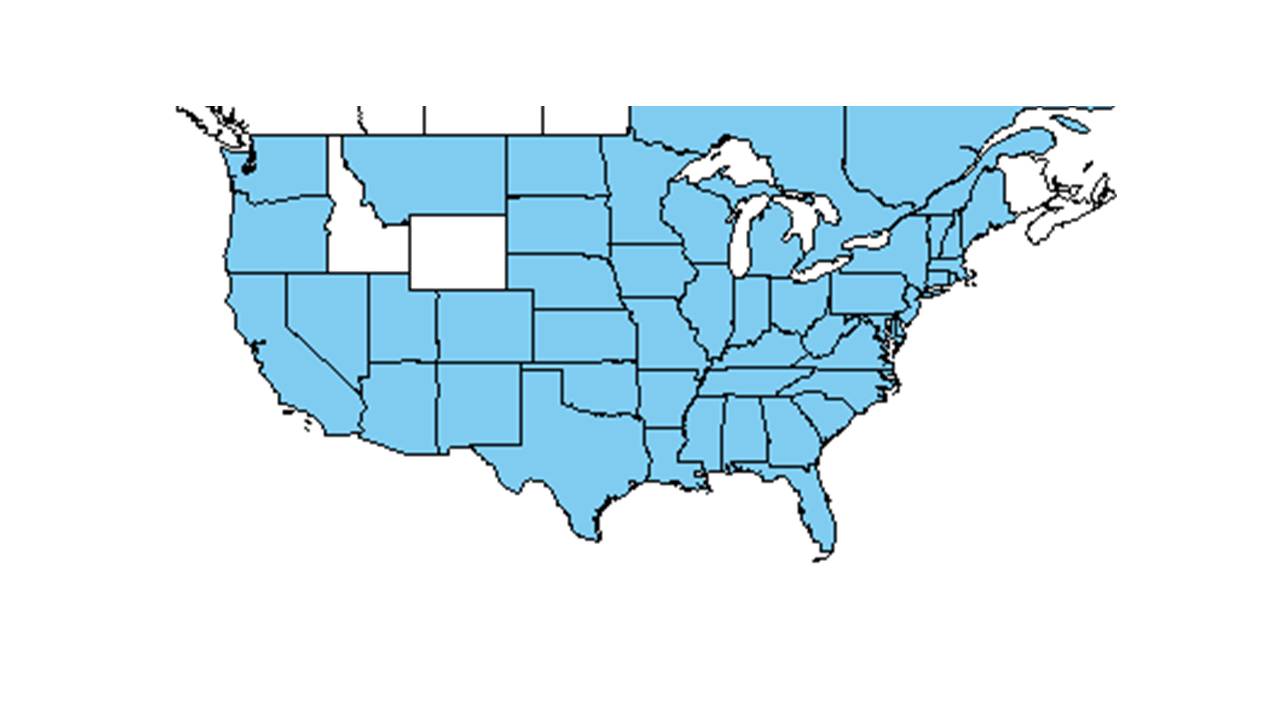Difference between revisions of "Ipomoea purpurea"
(→Description) |
|||
| Line 24: | Line 24: | ||
==Ecology== | ==Ecology== | ||
===Habitat=== <!--Natural communities, human disturbed habitats, topography, hydrology, soils, light, fire regime requirements for removal of competition, etc.--> | ===Habitat=== <!--Natural communities, human disturbed habitats, topography, hydrology, soils, light, fire regime requirements for removal of competition, etc.--> | ||
| + | |||
| + | This species has been found in disturbed habitats along the edges of soybean fields, on farms, and along roadsides in loamy clay (FSU Herbarium). | ||
| + | |||
===Phenology=== <!--Timing off flowering, fruiting, seed dispersal, and environmental triggers. Cite PanFlora website if appropriate: http://www.gilnelson.com/PanFlora/ --> | ===Phenology=== <!--Timing off flowering, fruiting, seed dispersal, and environmental triggers. Cite PanFlora website if appropriate: http://www.gilnelson.com/PanFlora/ --> | ||
===Seed dispersal=== | ===Seed dispersal=== | ||
Revision as of 09:44, 14 July 2015
| Ipomoea purpurea | |
|---|---|

| |
| Scientific classification | |
| Kingdom: | Plantae |
| Division: | Magnoliophyta - Flowering plants |
| Class: | Magnoliopsida – Dicotyledons |
| Order: | Solanales |
| Family: | Convolvulaceae |
| Genus: | Ipomoea |
| Species: | I. purpurea |
| Binomial name | |
| Ipomoea purpurea (L.) Roth | |

| |
| Natural range of Ipomoea purpurea from USDA NRCS Plants Database. | |
Contents
Description
Common Name: tall morning-glory
Distribution
Ecology
Habitat
This species has been found in disturbed habitats along the edges of soybean fields, on farms, and along roadsides in loamy clay (FSU Herbarium).